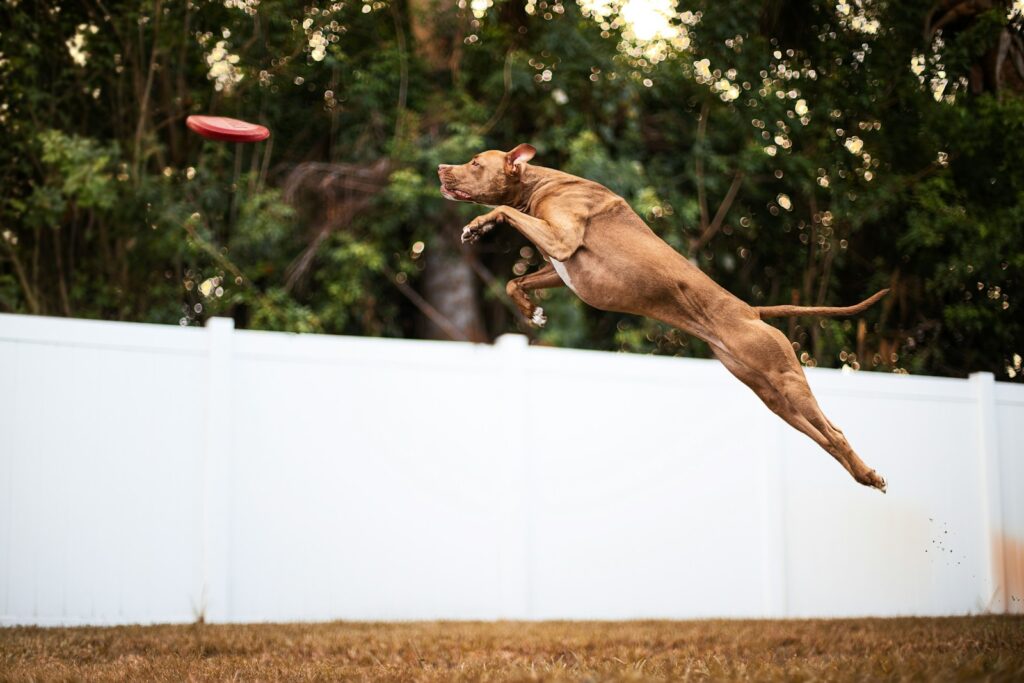As 10-Year-Old Dies In Dog Attack, Top Solicitor Provides Guide On Laws Relating To XL Bully Dogs

A 10-year-old girl mauled to death by her family’s dog was the victim of an XL Bully attack, reports have claimed.
The schoolgirl – described as ‘beautiful and intelligent’ – died after being bitten by her family’s dog inside their home in a sleepy Yorkshire village on Friday afternoon.
A witness later claimed the dog which attacked the child was an XL Bully, which was “certified and well looked after”.
The tragedy is likely to bring sharp focus on the newly implemented laws which are designed to protect the public from dangerous dogs.
Justine Dexter, an Associate Solicitor at East Midlands law firm Smith Partnership, is an expert in this area. She has worked on a number of cases this year, assisting owners who have been prosecuted under the new law. She liaises with police forces and works with experts who are able to identify the banned breed.
Here, Justine provides a definitive guide on all you need to know about the new law. If you have any further questions or you need support with a case involving an XL Bully, you can contact her directly by visiting her here.
How does the new ban work?
Ownership of American bully XL dogs is restricted under the Dangerous Dogs Act 1991. This means it is now a banned breed in England and Wales along with the Pit Bull Terrier, Japanese Tosa, Dogo Argentino, and the Fila Brasileiro. The law was implemented in stages but from the 1st of February 2024 it is an offence to possess an XL Bully without an exemption certificate. The deadline for applying for the certificate was the 31st of January 2024. It is also illegal to breed, sell, advertise, gift, exchange, abandon or let XL Bully dogs stray. The offence carries up to 6 months imprisonment
The government said it received 61,000 exemption applications before the deadline. Anyone choosing not to keep their XL bully had to take it to a registered vet to be euthanised by 31 January 2024.
How many cases has the Government dealt with so far?
It changes month-by-month, but as of 22 April 2024, the government said it had processed 395 valid euthanasia compensation claims, at a cost of £76,500.
My dog has been seized on suspicion of being an XL Bully. Are the police allowed to do this?
Yes. They have the power to do this under the Dangerous Dogs legislation to seize an animal that they suspect to be an XL Bully.
What will happen to my dog after it is seized?
The police will undertake a “type” assessment. This is usually undertaken by a specialist officer known as a Dog Legislation Officer (DLO). If their opinion is that the dog is an XL Bully, then they will place the dog in their approved kennels.
There is no right for the owner to visit the dog during this time. The location of the kennels is kept secret.
The next step would normally be for the police to invite the client to the police station for a voluntary interview, asking questions about the type of dog the client believed the animal to be, where it was purchased, who owns it, etc.
If the client admits that the dog is an XL Bully that hasn’t been registered, then the client maybe asked to sign a waiver giving up the ownership of the dog. The reality is that the dog would then be euthanised, as there is no power to rehome.
If a client agrees to do this then they may avoid: –
- Prosecution for the offence and/or possibly an out of court disposal.
- Paying any kennel costs and court costs.
I’m not sure if my dog is an XL Bully. How might I check?
You have various options. You can ask the police for advice but be aware that it could result in your dog being seized. I had a client who did just that. The dog was seized, and he was prosecuted. Eventually, after a long court process, the CPS agreed that the dog had been incorrectly typed as an XL Bully and he was returned home.
Alternatively, you could ask an expert which is probably the best option. However, reputable experts on XL Bully types are rare because of the way the Defra guidelines have been drafted. Lots of experts within the field are reluctant to receive the work. The costs can be significant. It is important to source an experienced and suitably qualified expert.
I’m convinced my dog has been incorrectly seized. What should I do next?
Instruct a lawyer. All advice in the police station is free and this is regardless of your means.
If the case is being prosecuted in court, again seek legal advice. Legal aid may be available to you subject to merits and means test.
How much will it cost to get my dog back? And are there any costs to me for this process?
If the case is prosecuted through the court, then legal aid may be available to cover your legal fees and can also cover the instruction of an expert. If legal aid is not available, then the case can be funded privately.
While a case is pending at court, the kennel costs continue to accumulate. A dog costs approximately £25/35 per day to kennel, and there can be additional costs such as vet’s fees. If the client pleads guilty or is found guilty, the prosecution will apply for a compensation order to cover these costs. They can quickly run into thousands of pounds.
If the dog is admitted or found to be an XL Bully by the court, will it be destroyed?
There are various options that the court has:
- Destruction order – the dog is destroyed.
- Contingent destruction order – the dog is placed on the exempted breed register and must be kept under strict conditions of the register including on a lead and a muzzle in public, neutering, micro chipping and insurance.
The court’s decision on the future of an XL Bully depends on a number of factors including whether the dog presents a danger to public safety, and whether the owner is a fit and proper person. There are various considerations including dog temperament, previous incidents, kennel behaviour, and an expert assessment.
Image Source: Unsplash




